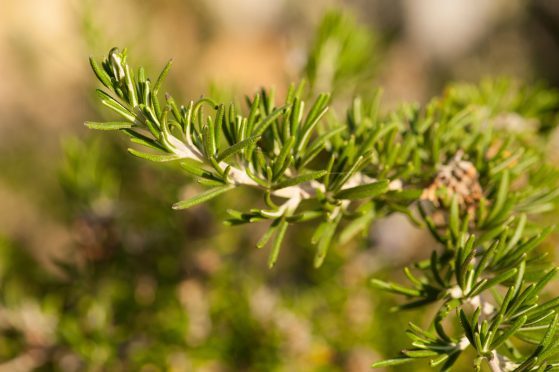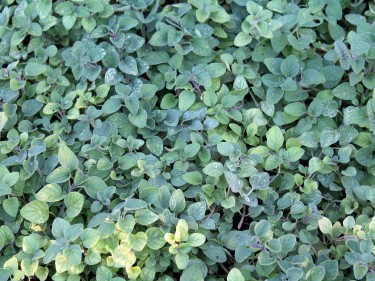As new research reveals rosemary can give our brains a boost, Sam Wylie-Harris reveals five other herbs with health-enhancing benefits
When it comes to flavouring our food, herbs are kitchen cupboard heroes. But there’s more to these plant-derived powders, seeds and leaves than their ability to liven up meals – they boast a long list of healing effects and health benefits too, many of which tend to be highly underrated. Indeed, a recent study – led by Dr Mark Moss, head of psychology at Northumbria University – found that the smell of rosemary boosts our ability to recall past events and remember what to do in the future, thanks to a compound that gives the herb its distinctive scent.
Dr Moss says the herb has a ’drug-like effect’, and that the research indicated that rosemary boosted long-term memory and the ability to do simple sums. It also improved ’prospective memory’ used to carry out plans, such as remembering to post a letter, and improved recall by about 15% in men and women of all ages.
While he doesn’t think it would help those who already have dementia, rosemary could help healthy brains stay young for longer. “There’s no guarantee of benefits, but I would be cautiously optimistic,” says Moss.
But what else are they be good for? Nutritionist Nat Hawes, author of Natures Cures: Let Food Be Your Medicine (Hammersmith Books, £14.99), dishes up some other reasons why we might want to consider healing ourselves with herbs…
BLACK GARLIC
“Research suggests that aged black garlic has stronger antioxidant activity than non-fermented garlic,” says Hawes. “Its growing popularity as a food supplement comes from a combination of this higher antioxidant potential and a significantly reduced garlic odour. Research suggests black garlic works with the following conditions – diabetes, cholesterol, obesity, immunity, allergies.”
SAGE
“Sage is one of the longest-used and most important herbs. It is related to rosemary, in the mint family and the thujone compound in sage enhances concentration, attention span and quickens the senses; hence, sage infusion is known as the ’thinkers’ tea’,” explains Hawes. “Its properties also help to deal with grief and depression and ailments such as anaemia, anxiety and stress, hay fever and liver disorders.”
OREGANO
“Oregano contains carvacrol, which is very effective in lowering LDL cholesterol and reducing the heart rate, mean arterial pressure and blood pressures,” says Hawes. “It is also a viable alternative to salt in meals, as oregano is sodium-free and can aid with acne, digestive disorders and throat and mouth infections.”
SPEARMINT
“Spearmint is an effective remedy for conditions such as fatigue, headaches, nervous strain and stress, as well as respiratory problems and catarrh. It is also very helpful for digestive disorders, including flatulence, hiccups and nausea, as it relaxes the stomach muscles,” Hawes points out. “On the skin, when used as cream or lotion, it can help to relieve eczema, dermatitis, fungal infections, hives and itching.”
TURMERIC
“Turmeric is a powerful spice that has long been used in Chinese and Indian medicine. Curcumin is the bright yellow pigment and can help to treat and prevent breast, colon, lung and prostate cancer, and prevents it spreading. It has also been scientifically proven to be more effective at treating depression than many antidepressant drugs.”

